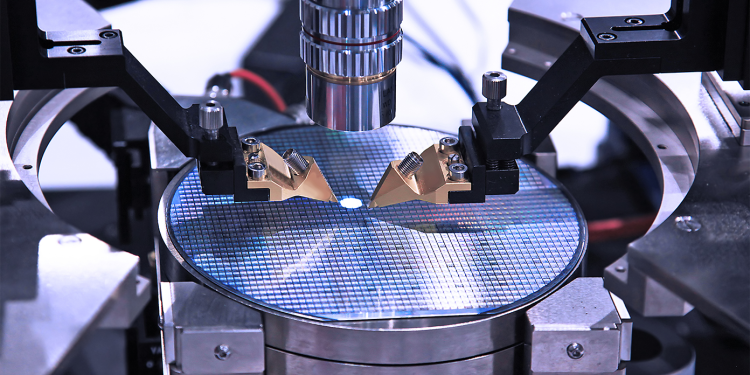IoT & Manufacturing: Making Products Gets Easier
One can say that as manufacturers adopt IoT in their daily mechanisms, they are also moving from their legacy technology towards offering enhanced services and superior products and better quality to the consumers. Nevertheless, as technology develops so does the power to increase customer satisfaction all through increased and timely production which only leads to enhanced ROI. Interestingly, IoT analytics found that manufacturing by smart devices has to lead to increased revenue of approximately 33.1 percent, better quality by at least 11 percent and customer satisfaction has increased by 22 percent. Additionally, the number of manufacturing companies in the survey approximately 97 percent agree that the IoT has become an important technology which is all set to revolutionize the manufacturing arena while 83 percent of manufacturers have already implemented this technology and are up and running.
The IoT manufacturing operations include the likes of Intelligent manufacturing, Asset management, Optimized processes, Planning, Monitoring, Machine-human interaction, Cyber-physical systems to name a few. These technologies have made a significant impact in the manufacturing sector and are changing the way products are being made and sent out for distribution. The future technologies in IoT which are all set to change the industry are a work-in-progress but they are sure to take the manufacturing sector leaps, and bounds once implemented.
Tracking components:
For manufacturers that build big or multifaceted products like aircraft or space-rocket parts, tracking the mechanism to be incorporated can be enormously valuable. While numerous organizations depend upon barcode scanning to monitor the work and how much progress the assets have made, this method is not as swiftly accessible for a lost or misplaced part. If firms use tracking technology, they can avoid the wasted expense of having to track down misplaced parts actively. It can also be beneficial for exception reporting, which allows organizations to find out if a piece is in the wrong area instantly so the firm can solve the issue.
Tracing Tools:
Most of the manufacturing units are dependent on various tools and gauges for their daily operations, and these are essential items which need to be safeguarded. Any misplaced tool could give a significant blow to the production and delay the factory workflow, which in turn will have a significant negative impact on the completion of a product and shipping timings. Moreover, if the manufacturing unit uses any government furnished or funded equipment (GFE), then it is of the utmost requirement to be responsible for that gear at all times, having the capability to trail such fixtures can keep the organization out of any additional investigation.
Monitoring the Temperature:
It is also necessary that the temperature of sensitive goods like medicines and edibles be handled with care during storage and shipping process. IoT can be used to connect with, and the appropriate can be taken in times of emergency, and the temperature can be kept under close watch.
Other benefits of IoT in Manufacturing include enhanced connectivity between manufacturers and machines, controlling the systems and devices, greater clarity in the entire manufacturing process, data analysis which can assist in making smarter business decisions. Alongside there are advantages like increased production workflow by automated and optimized production processes, connected devices to the network permitting equipment management from any geographical location. Through IoT sensors, the data collected can offer an enhanced overview of power consumption, time-saving and cost prevention, abridged downtime, superior product quality, condensed risks of human error. The simple way to assess machines can determine whether or not the device needs a repair, enhanced safety, real-time indication of ongoing activities, superior management of the supply chain along with tracking of customer satisfaction.








